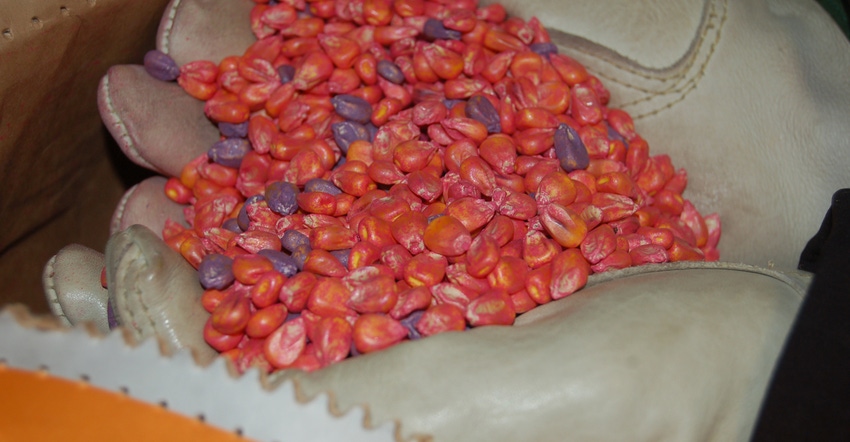
You could argue that Mike Stern and Sam Eathington are pioneers in agriculture. They’re turning over every rock and looking in every cranny to discover new ways to use data for decision-making in variable farm fields.
Stern, chief executive officer of The Climate Corp., and Eathington, the company’s chief scientist, recently unveiled major new products in their research and development pipeline. Each one involves collecting and analyzing data with digital technology so growers have the power of information they need to make more informed decisions at each step during the growing season.
Climate Corp. is owned by Monsanto. Two years ago the company launched Climate FieldView. This information-gathering system records and displays what’s happening during each operation in a field. From no paid acres in 2015, Climate Corp. reports 14 million paid acres in 2016. “Our next goal is 25 million paid acres, and we expect to reach it fairly soon,” Stern says.
Farmers make roughly 40 decisions related to growing, harvesting and marketing a crop each year, Stern says. Decisions range from which brand of seed to plant to how thick to seed it to when and where to sell it. “Our goal is to help them gather data and provide analyses that make decision-making easier at each step,” Stern says. “We have 35 new projects in our digital ag pipeline, all aimed at this primary goal.”
Key projects
Climate Corp. is targeting three key areas with tools it's introducing now, Eathington says. Each one is designed to help growers do a better job of managing the variability within each field so they can boost productivity overall.
Here are the three key areas of focus:
1. Seed selection and placement. Placing the right seed in the right location is critical to achieving optimal yield, Eathington notes. His company has developed technologies that can collect and analyze millions of data points on seed performance across the Corn Belt and beyond. “We can help growers figure out what’s going on in different parts of the field and help them create more accurate management zones,” he says. Getting the right genetics in each zone completes one piece of the puzzle.
2. Soil fertility prescriptions of key nutrients. Tools are coming to help monitor nitrogen levels in corn. The goal is helping growers make more informed decisions about where, when and how much nitrogen to apply, Eathington says. “We’re also adding in tools for phosphorus and potassium management that will integrate with our tools for nitrogen,” he says. “P and K are two more major nutrients which must be addressed.”
3. Disease management. New products will help farmers see what’s happening in each field with respect to disease, Eathington says. One goal is to help growers prioritize in-season crop management, and a second is to use satellite imagery and other field data so growers are better equipped to make input decisions for the next season, Eathington says.
One of their most interesting projects is developing a directed scouting tool using artificial intelligence that will help growers prioritize fields for scouting, Eathington concludes.
About the Author(s)
You May Also Like




